-
 Bitcoin
Bitcoin $116800
0.71% -
 Ethereum
Ethereum $4211
6.94% -
 XRP
XRP $3.276
1.68% -
 Tether USDt
Tether USDt $1.000
0.02% -
 BNB
BNB $807.0
3.00% -
 Solana
Solana $180.5
3.24% -
 USDC
USDC $0.9999
0.01% -
 Dogecoin
Dogecoin $0.2406
9.02% -
 TRON
TRON $0.3357
-1.10% -
 Cardano
Cardano $0.8047
3.16% -
 Hyperliquid
Hyperliquid $43.81
7.97% -
 Chainlink
Chainlink $21.08
10.16% -
 Stellar
Stellar $0.4506
1.97% -
 Sui
Sui $3.916
4.69% -
 Bitcoin Cash
Bitcoin Cash $568.3
-1.85% -
 Hedera
Hedera $0.2628
2.48% -
 Avalanche
Avalanche $24.17
4.54% -
 Ethena USDe
Ethena USDe $1.001
0.03% -
 Litecoin
Litecoin $121.4
0.35% -
 Toncoin
Toncoin $3.408
2.28% -
 UNUS SED LEO
UNUS SED LEO $8.978
-0.08% -
 Shiba Inu
Shiba Inu $0.00001376
7.59% -
 Uniswap
Uniswap $10.86
2.94% -
 Polkadot
Polkadot $4.079
5.33% -
 Dai
Dai $1.000
0.02% -
 Pepe
Pepe $0.00001231
10.28% -
 Bitget Token
Bitget Token $4.502
0.79% -
 Cronos
Cronos $0.1576
3.63% -
 Monero
Monero $271.1
0.48% -
 Ethena
Ethena $0.7336
18.38%
How to reduce gas fee?
Minimize Ethereum gas fees by strategically timing transactions, batching them, using Layer-2 solutions like Optimism or Polygon, and selecting optimal gas prices; consider alternative networks for cost savings.
Mar 06, 2025 at 10:12 pm
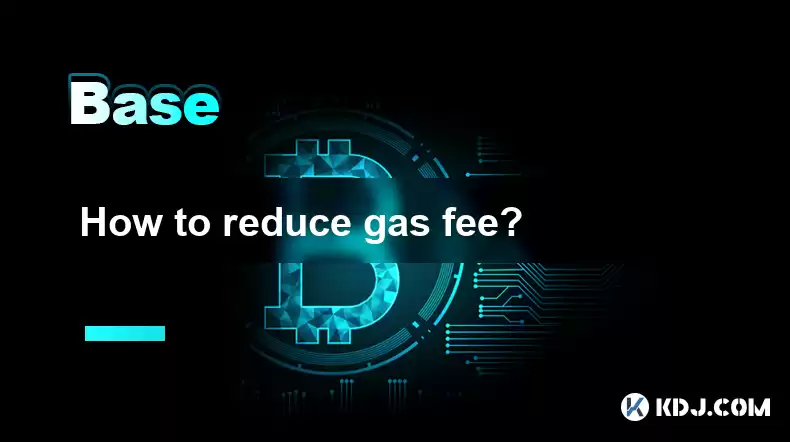
Key Points:
- Understanding the factors influencing Ethereum gas fees.
- Strategies for minimizing gas fees during transactions.
- Choosing optimal transaction times to reduce costs.
- Utilizing Layer-2 solutions for cheaper transactions.
- Exploring alternative networks with lower fees.
- Batching transactions to save on gas.
- Selecting the right gas price strategy.
How to Reduce Gas Fees?
Ethereum gas fees, the cost of processing transactions on the Ethereum network, can be a significant deterrent for users. High gas fees are primarily due to network congestion and the computational complexity of transactions. Understanding the dynamics of gas fees is the first step towards minimizing their impact.
One major factor impacting gas fees is network congestion. When many transactions are competing for processing, the price goes up. This is similar to supply and demand; higher demand leads to higher prices. Therefore, timing your transactions strategically can be crucial.
To reduce gas fees, consider conducting transactions during periods of low network activity. This often means avoiding peak hours or times when major events are occurring on the network. Weekends or off-peak hours in your time zone may offer lower fees. Tools and websites provide real-time gas price estimations to help you choose the best time.
Another effective strategy is to batch your transactions. Instead of sending multiple transactions individually, combine them into a single transaction. This reduces the overall number of transactions needing processing, consequently reducing the total gas fee. This is especially useful for users conducting many similar operations.
Choosing the right gas price is critical. Setting a very low gas price might mean your transaction fails or takes an extended time to process. However, setting it too high means you're overpaying. Aim for a balance between speed and cost. Many wallets and platforms offer gas price suggestions.
Layer-2 scaling solutions provide a significant opportunity to reduce gas fees. These solutions, such as Optimism, Arbitrum, and Polygon, process transactions off the main Ethereum chain, drastically reducing the cost. These layer-2 networks offer faster and cheaper transactions while still benefiting from Ethereum's security.
Switching to alternative networks with inherently lower gas fees is another option. While these networks may not offer the same level of decentralization or security as Ethereum, they provide a cost-effective alternative for certain use cases. Networks like Solana, Binance Smart Chain, and Avalanche often boast significantly lower transaction fees.
However, it's essential to consider the trade-offs involved in choosing an alternative network. Factors such as security, decentralization, and the availability of decentralized applications (dApps) should be carefully evaluated.
Understanding the gas fee structure itself is paramount. The gas fee is calculated based on the computational requirements of the transaction. Simpler transactions with less data require less gas, leading to lower fees. Complex smart contract interactions will always be more expensive.
Optimizing your smart contracts can also reduce gas fees. Efficiently written code minimizes the computational steps required, translating to lower gas consumption. This is particularly relevant for developers building on the Ethereum network. Careful planning and design can significantly reduce the cost of using your dApp.
Finally, consider using a gas optimization tool. Several tools are available to analyze your transactions and suggest ways to minimize gas consumption. These tools often identify areas in your code or transaction that can be improved for efficiency.
Remember, constantly monitoring gas fees and adapting your strategies is key to minimizing costs. The Ethereum network is dynamic, and gas prices fluctuate. Staying informed and using the right tools will help you navigate the ever-changing landscape of transaction fees.
Frequently Asked Questions:
Q: What is a gas fee?
A: A gas fee is the amount of Ether (ETH) required to process a transaction on the Ethereum blockchain. It compensates miners or validators for their computational work.
Q: Why are gas fees so high sometimes?
A: High gas fees are typically caused by network congestion. When many users are transacting simultaneously, demand for processing power increases, driving up the price.
Q: How can I check current gas prices?
A: Many websites and wallets display real-time gas price estimations. These tools help you determine the optimal gas price for your transaction.
Q: What are Layer-2 solutions?
A: Layer-2 solutions are technologies that process transactions off the main Ethereum blockchain, reducing congestion and gas fees. Examples include Optimism, Arbitrum, and Polygon.
Q: Are there any risks associated with using Layer-2 solutions?
A: While generally secure, Layer-2 solutions introduce some additional risks, such as the potential for smart contract vulnerabilities specific to that layer. Always thoroughly research the specific layer-2 you're using.
Q: Can I avoid gas fees entirely?
A: No, you cannot avoid gas fees entirely when using the Ethereum mainnet. However, you can significantly reduce them using the methods described above.
Q: What is the difference between gas price and gas limit?
A: Gas price is the amount of ETH you pay per unit of gas. Gas limit is the maximum amount of gas you're willing to spend on a transaction. If the transaction uses less gas than the limit, you only pay for the gas used.
Q: How do I choose the right gas price?
A: There is no single "right" gas price. It depends on your urgency. A higher gas price ensures faster transaction confirmation, while a lower price may result in slower processing or even failure. Many tools provide recommendations based on network conditions.
Q: What if my transaction fails due to insufficient gas?
A: If your transaction fails due to insufficient gas, you will typically lose the gas already spent. Always estimate the required gas carefully before sending a transaction.
Q: Are there any tools to help optimize gas usage?
A: Yes, several tools and services can help analyze your transactions and identify ways to reduce gas consumption. These are particularly useful for developers building smart contracts.
Disclaimer:info@kdj.com
The information provided is not trading advice. kdj.com does not assume any responsibility for any investments made based on the information provided in this article. Cryptocurrencies are highly volatile and it is highly recommended that you invest with caution after thorough research!
If you believe that the content used on this website infringes your copyright, please contact us immediately (info@kdj.com) and we will delete it promptly.
- AI Coin Mania: Dubai Millionaires Eye 20x Gains!
- 2025-08-09 23:10:12
- ChatGPT's Hot Takes: Meme Coins to Buy Now for a Wild 2025!
- 2025-08-09 23:10:12
- Jurassic Park Vibes in Your Pocket: The Colourful Canadian Coin Featuring a Dinosaur Eye
- 2025-08-09 23:50:12
- Altcoins on the Radar: VeChain, Ethereum, and the Shifting Crypto Landscape
- 2025-08-09 23:50:12
- Crypto Airdrops & Opportunities: What's Hot in August 2025
- 2025-08-09 22:30:12
- XRP, Cardano, and the Alluring Alternatives: A 2025 Crypto Landscape
- 2025-08-09 22:35:12
Related knowledge
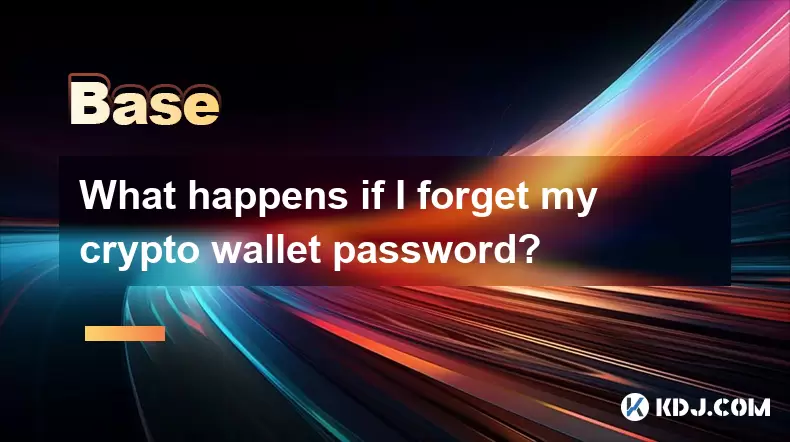
What happens if I forget my crypto wallet password?
Aug 09,2025 at 08:50am
Understanding the Role of a Crypto Wallet PasswordA crypto wallet password serves as a critical security layer that protects access to your digital as...

Can you reuse a crypto wallet address?
Aug 08,2025 at 03:49pm
Understanding Wallet Addresses in CryptocurrencyA crypto wallet address is a unique identifier used to send and receive digital assets on a blockchain...
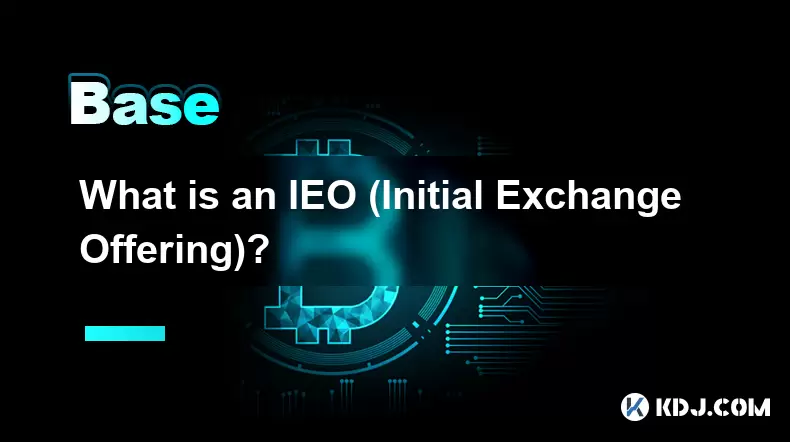
What is an IEO (Initial Exchange Offering)?
Aug 09,2025 at 06:22am
Understanding the Concept of IEO (Initial Exchange Offering)An Initial Exchange Offering (IEO) is a fundraising method used by blockchain-based projec...
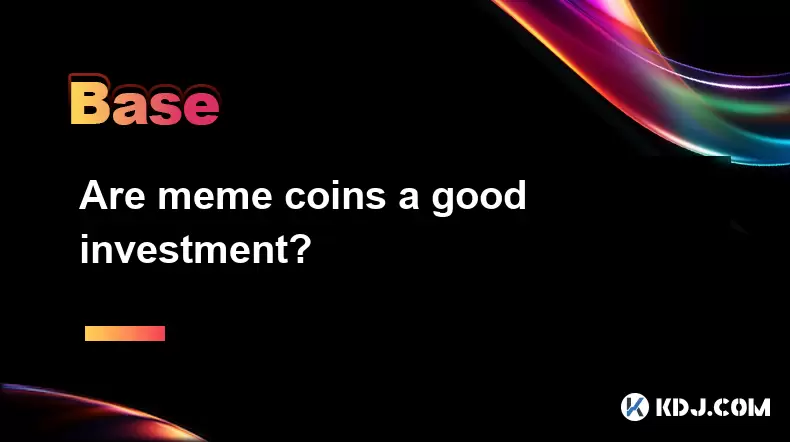
Are meme coins a good investment?
Aug 08,2025 at 11:36pm
Understanding Meme Coins and Their OriginsMeme coins are a category of cryptocurrencies that originated from internet humor or viral trends rather tha...
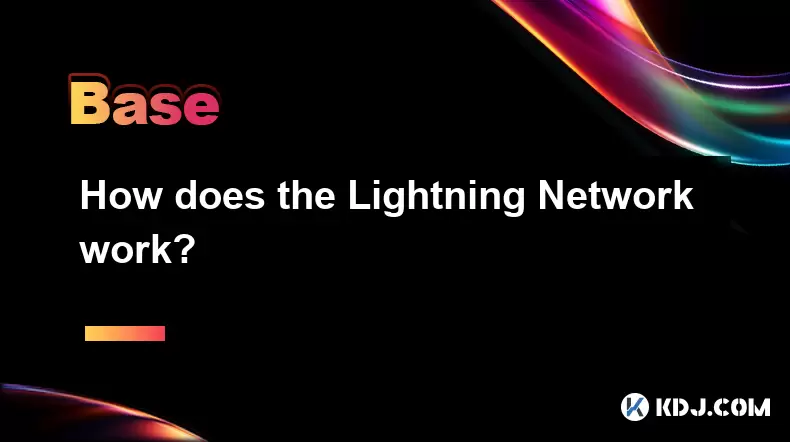
How does the Lightning Network work?
Aug 09,2025 at 07:15pm
What Is the Lightning Network?The Lightning Network is a second-layer scaling solution built on top of blockchain networks, primarily Bitcoin, designe...
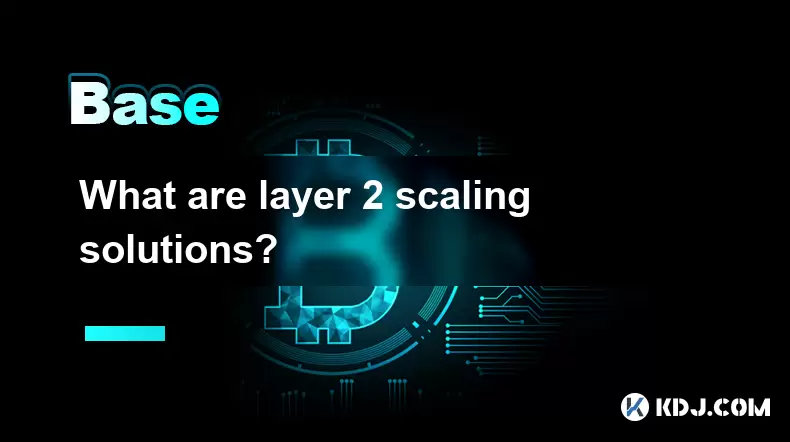
What are layer 2 scaling solutions?
Aug 09,2025 at 04:07am
Understanding Layer 2 Scaling Solutions in CryptocurrencyIn the world of blockchain and cryptocurrencies, scalability has long been a pressing challen...

What happens if I forget my crypto wallet password?
Aug 09,2025 at 08:50am
Understanding the Role of a Crypto Wallet PasswordA crypto wallet password serves as a critical security layer that protects access to your digital as...

Can you reuse a crypto wallet address?
Aug 08,2025 at 03:49pm
Understanding Wallet Addresses in CryptocurrencyA crypto wallet address is a unique identifier used to send and receive digital assets on a blockchain...

What is an IEO (Initial Exchange Offering)?
Aug 09,2025 at 06:22am
Understanding the Concept of IEO (Initial Exchange Offering)An Initial Exchange Offering (IEO) is a fundraising method used by blockchain-based projec...

Are meme coins a good investment?
Aug 08,2025 at 11:36pm
Understanding Meme Coins and Their OriginsMeme coins are a category of cryptocurrencies that originated from internet humor or viral trends rather tha...

How does the Lightning Network work?
Aug 09,2025 at 07:15pm
What Is the Lightning Network?The Lightning Network is a second-layer scaling solution built on top of blockchain networks, primarily Bitcoin, designe...

What are layer 2 scaling solutions?
Aug 09,2025 at 04:07am
Understanding Layer 2 Scaling Solutions in CryptocurrencyIn the world of blockchain and cryptocurrencies, scalability has long been a pressing challen...
See all articles

























































































